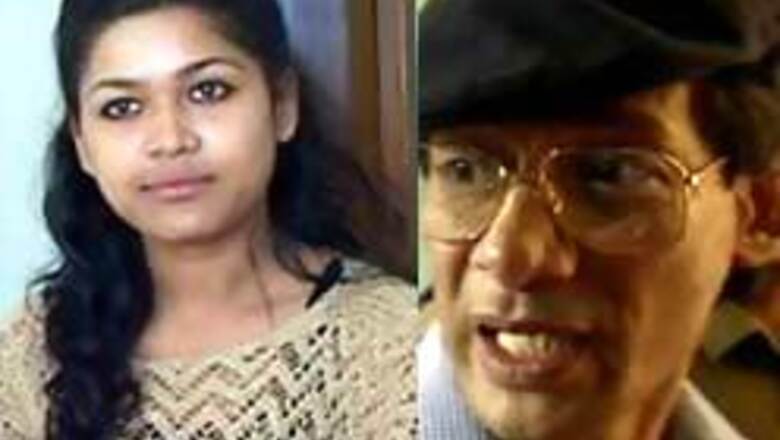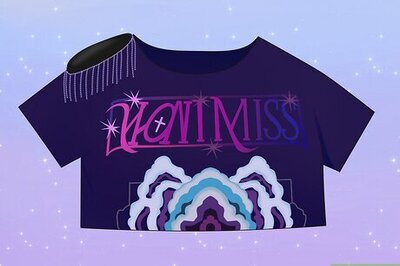
views
Kathmandu: On Sunday, when Nepal's Supreme Court resumes hearing the appeal by 'Bikini Killer' Charles Sobhraj against the life term slapped on him for the murder of an American tourist, his formidable team of lawyers would be joined by his new wife Nihita Biswas.
Though the 20-year-old Nepali woman, who catapulted into both fame and infamy this year with the news of her engagement to the 64-year-old reviled as a serial killer, will not argue on his behalf, she is helping her mother, lawyer Shakuntala Thapa, build up a case that will highlight the glaring holes in the prosecution's gambit.
Nihita has come up with some startling "facts" from the books tabled by the state as evidence against Sobhraj, which, she says, will actually prove his innocence.
Two books - The Life and Crimes of Charles Sobhraj by Richard Neville and Serpentine by Thomas Thompson - were presented as evidence by the prosecution to say that Sobhraj had come to Nepal in 1975 under the guise of a Dutch tourist and killed budget traveller American Connie Jo Bronzich and her companion, Canadian Laurent Armand Carriere.
The same method was used to kill both. They were first stabbed to death and then their bodies set on fire.
While Carriere's body was found in Bhaktapur city in December 1975, two days later, Bronzich's charred corpse was discovered on the way to Kathmandu's Tribhuvan International Airport.
When Sobhraj was spotted gambling in a Kathmandu casino in 2003, he was arrested, charged with the murder of Bronzich and found guilty by Kathmandu's district court.
However, police could not revive the Canadian's murder case too as the old case file could not be located.
Now, Nihita and her mother are going to resurrect Carriere's murder in a bid to prove that Sobhraj is innocent.
According to them, the male body was never properly identified as Carriere's. In fact, the initial police reports suspected that Carriere had killed Bronzich and fled Nepal.
"Two western women tourists, who had travelled with Bronzich, identified her body on the basis of a ring she wore. Their handwritten statements are among the police documents," Sobhraj, doing time in Kathmandu's Central Prison, said.
"However, no one identified the male body for almost five months.
"Now police have produced a typewritten statement, saying it was by Carriere's brother Gill who made the identification in May 1976 on the basis of a tatter from the shirt and a wallet.
"There is serious doubt if Carriere's brother ever came to Nepal. In the statement, the corpse is named as Jaurent. Surely Carreiere's own brother would get his name right."
Nihita says the two books say that the male body was never identified. She also points out a section from Serpentine that briefly talks about other tourist murders committed in Nepal around that time.
In Serpentine, Thompson writes that Carriere considered going trekking alone but was warned off by a tourist official.
"The year before, an American boy had left Kathmandu to camp alone, sought refuge for the night in a farmer's field, and was discovered the next morning with his head neatly severed from his body," the book says.
"Another couple had simply disappeared, never to be found, somewhere in the awesome reaches of the Himalayas."
"All these murders could be linked," Sobhraj said. "They point to the possibility of a gang or gangs operating in Nepal, who could have killed Bronzich."
He has another forceful argument.
"Both the 1975 victims were stabbed to death," he said. "The khukuri is a weapon favoured by Nepali criminals. In all the cases against me, police mentioned drugs as the weapon, never the knife."


















Comments
0 comment